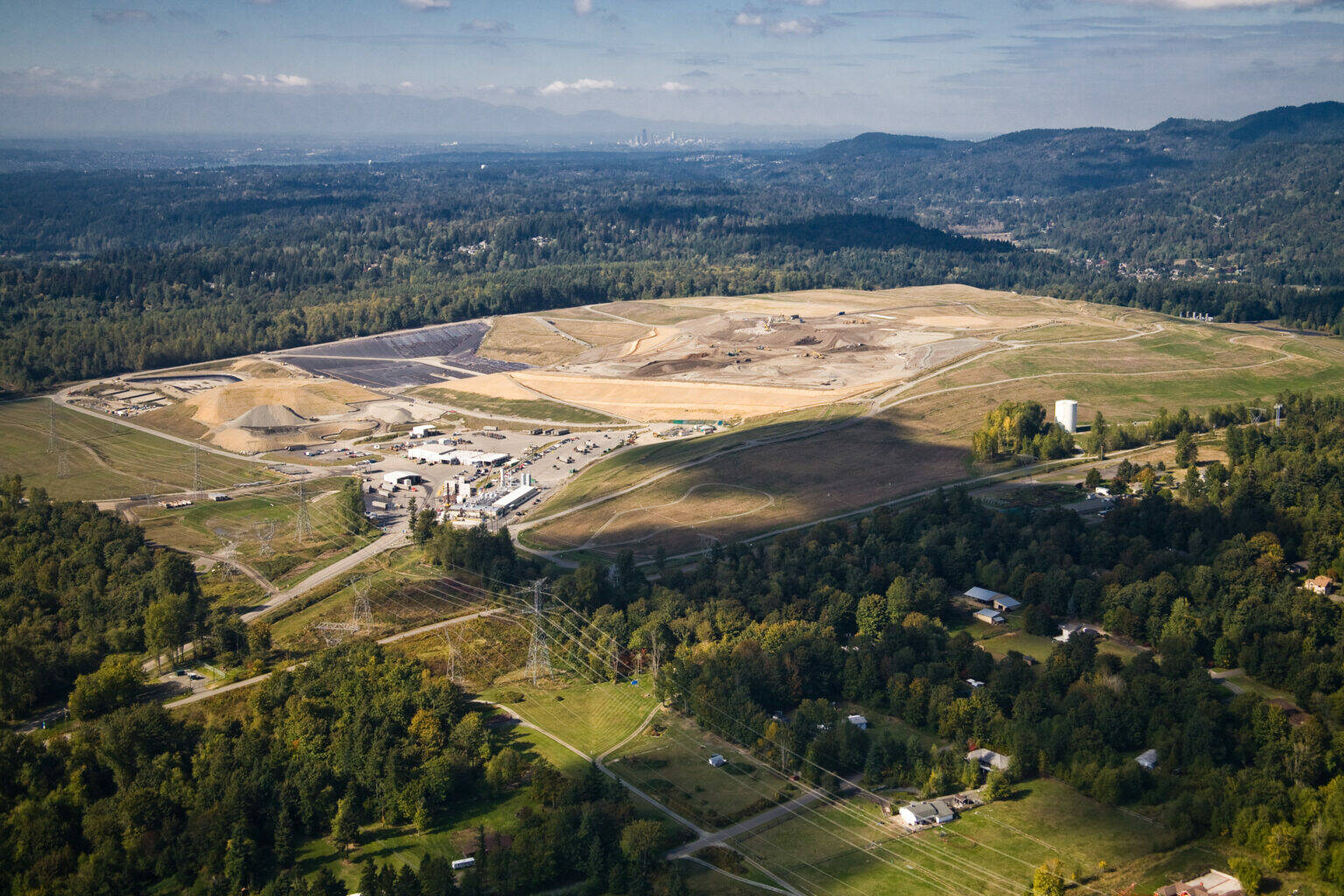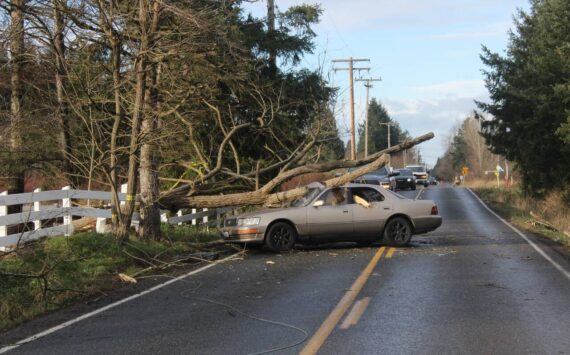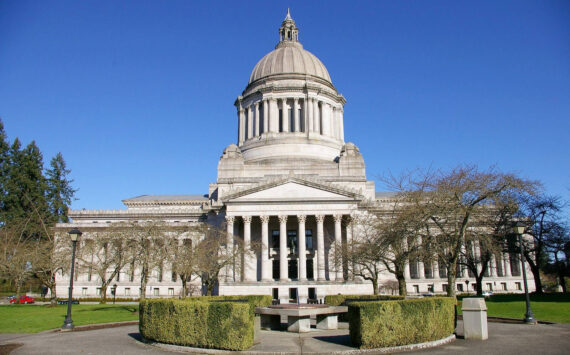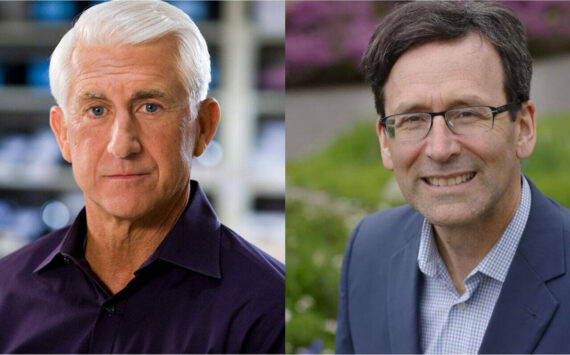Washington is cracking down on landfill methane emissions — in other words, how gassy our garbage can get.
The new rules, published by the state Department of Ecology in May, mean the state will surpass federal emission regulations set by the U.S. Environmental Protection Agency.
Ecology estimates the regulations will cut landfill methane emissions by about 38% from currently reported levels, preventing the equivalent of about 1.6 million metric tons of carbon dioxide from escaping into the atmosphere every year. That’s on par with taking roughly 308,000 gasoline-powered cars off the road.
Methane is responsible for more than a quarter of the rise in global temperatures since the Industrial Revolution, according to the International Energy Agency. Major sources include agriculture and oil and gas production. But federal data show about 16% of methane emissions in the U.S. come from landfills as food and other organic materials decompose.
“Every little bit of methane you can stop from going into the atmosphere has an immediate impact in slowing the rate of global warming,” said Katherine Blauvelt, circular economy director at Industrious Labs, an environmental advocacy group focused on industry pollution. “Methane is a super pollutant, it’s 80 times more potent than carbon dioxide.”
The Department of Ecology was required to update its landfill methane emission rules after lawmakers passed House Bill 1663 in 2022. That same year, the Legislature set a goal of reducing organic material going into landfills by 75% by 2030.
“This is a big step forward in slashing harmful methane emissions and meeting our state’s ambitious climate goals,” said chief author of HB 1663, Rep. Davina Duerr, D-Bothell.
Washington joins Oregon, California and Maryland in having landfill methane regulations stronger than federal standards.
The new rules mean municipal solid waste landfills will have stronger monitoring standards for methane emissions and will need to fix methane leaks within a certain timeline. The rules also require more landfills to install equipment that captures and destroys methane before it’s released into the atmosphere.
The state will provide about $15 million in grants for affected landfills.
While environmentalists are excited to see the new rules, there are related issues that the state didn’t address, said Blauvelt.
Advocates wanted to see the state require landfills to use methane detection technology that would help landfills conduct more complete methane surveys, and require gas collection systems to be put in place faster. Landfills can wait five years after they expand before they’re required to put in a gas collection system, but food waste decays much faster than that.
Blauvelt said she hopes the federal government will tighten standards with an upcoming rules update: “The state of Washington took the ball down the field, but the EPA needs to get it to the touchdown zone.”
An Industrious Labs report found landfills across the United States regularly leak methane well above the federal legal threshold, and attributes this to lax regulations. Some of the inspection reports Industrious Labs analyzed showed explosive levels of methane, including at one landfill near Tacoma, Washington.
The most effective way to reduce methane in landfills, though, is to reduce the amount of food waste, said Heather Trim, executive director of Zero Waste Washington. Laws passed in 2022 and 2024 require curbside food and yard waste pickups for businesses and single-family households. Trim said she’s working with lawmakers on similar legislation for apartment buildings.
Washington State Standard is part of States Newsroom, a nonprofit news network supported by grants and a coalition of donors as a 501c(3) public charity. Washington State Standard maintains editorial independence. Contact Editor Bill Lucia for questions: info@washingtonstatestandard.com. Follow Washington State Standard on Facebook and Twitter.







